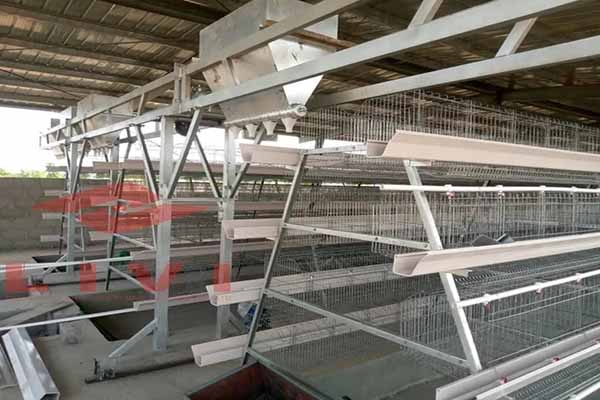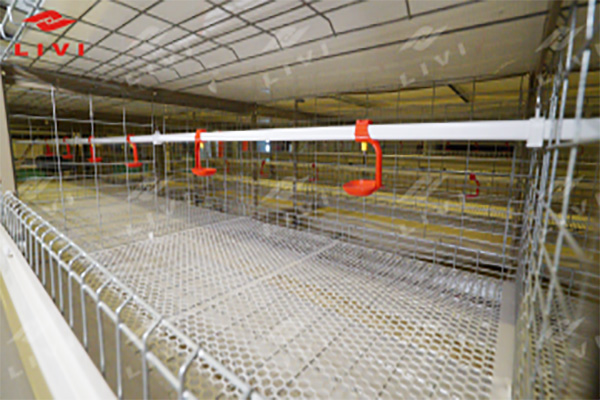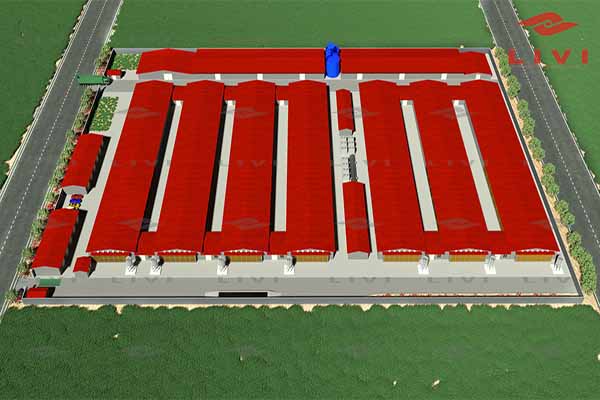Optimizing Chicken Battery Cages for 60,000 Chickens in Togo: A Comprehensive Guide
As the poultry industry continues to grow, especially in Togo, efficient management of chicken battery cages becomes crucial for optimal productivity. This article delves into the considerations and strategies for housing 60,000 chickens in battery cages, ensuring health, comfort, and growth for your flock.

Key Considerations for Battery Cages in Togo
- Cage Design: Cages should be designed to accommodate the number of chickens without compromising on space per bird.
- Airflow and Ventilation: Proper airflow is essential to prevent heat stress and respiratory diseases. Cages should be well-ventilated with natural and mechanical systems.
- Water and Feed Systems: Accessible and efficient feeding and watering systems are necessary to maintain consistent intake and prevent waste.
- Sanitation: Regular cleaning and disinfection are vital to prevent disease outbreaks.
According to a study by the Togolese Ministry of Agriculture, the ideal cage size for a 60,000 chicken operation should be 0.6 square meters per bird, allowing for adequate movement and comfort.

Benefits of Using Battery Cages for Large Scale Chicken Farming
| Benefit | Detail |
|---|---|
| Space Efficiency | Battery cages save space, allowing for higher stocking densities without compromising animal welfare. |
| Reduced Disease Risk | By keeping chickens in controlled environments, the risk of disease transmission is minimized. |
| Consistent Growth Rates | Regular feeding and environmental controls lead to consistent growth rates in chickens. |
Challenges and Solutions in Large Scale Chicken Battery Cages
- Challenge: High Initial Investment
- Solution: Opt for modular and scalable designs that can accommodate expansion over time.
- Challenge: Energy Consumption
- Solution: Implement energy-efficient lighting and ventilation systems.
For instance, a study by the University of Ghana indicated that energy consumption in battery cages can be reduced by 30% through strategic design and management practices.
Inv esting in high-quality equipment and adhering to strict biosecurity protocols are key to overcoming these challenges.
esting in high-quality equipment and adhering to strict biosecurity protocols are key to overcoming these challenges.
Conclusion
Managing a 60,000 chicken operation in Togo requires careful planning and execution. By focusing on cage design, ventilation, and biosecurity, you can create an environment that promotes the health and productivity of your flock.
Are you looking to optimize your chicken battery cages for 60,000 chickens in Togo? Contact us today for a free chicken farming design and equipment quote from LIVI Mechanical. Our expert team is ready to assist you in achieving success in the poultry industry.




